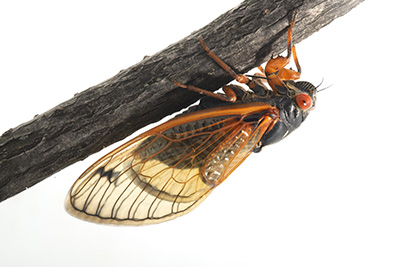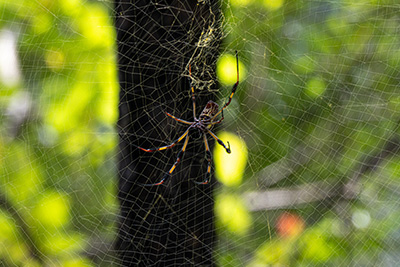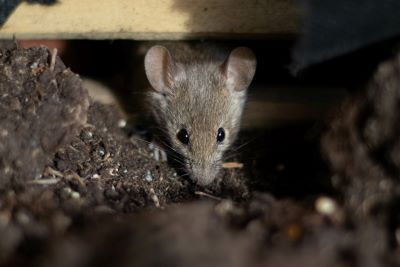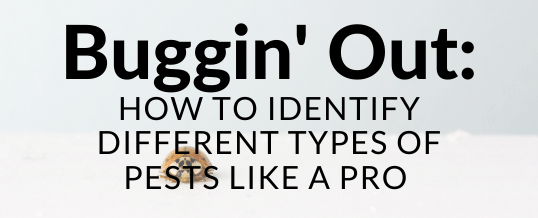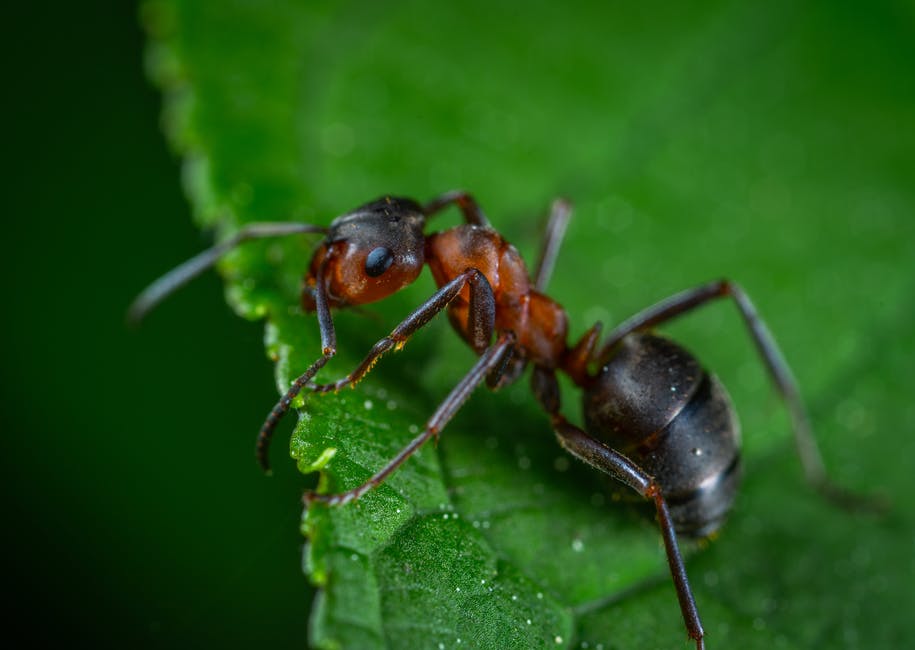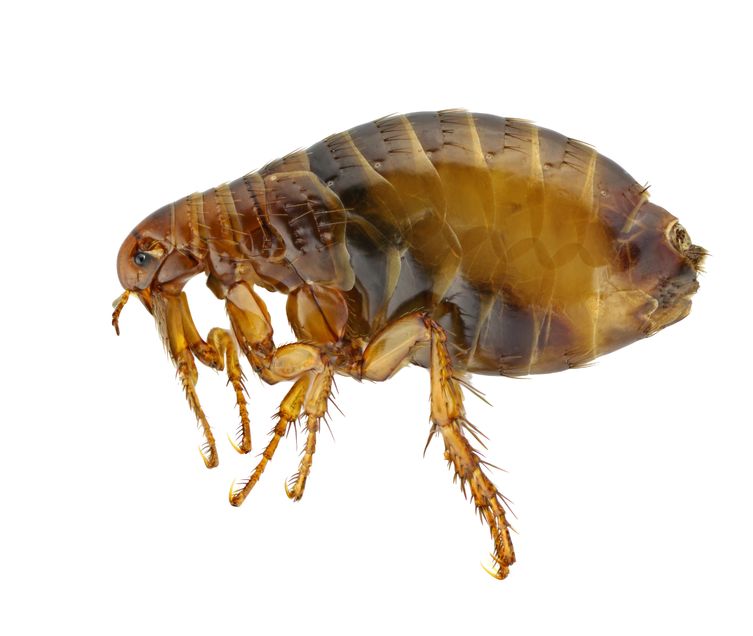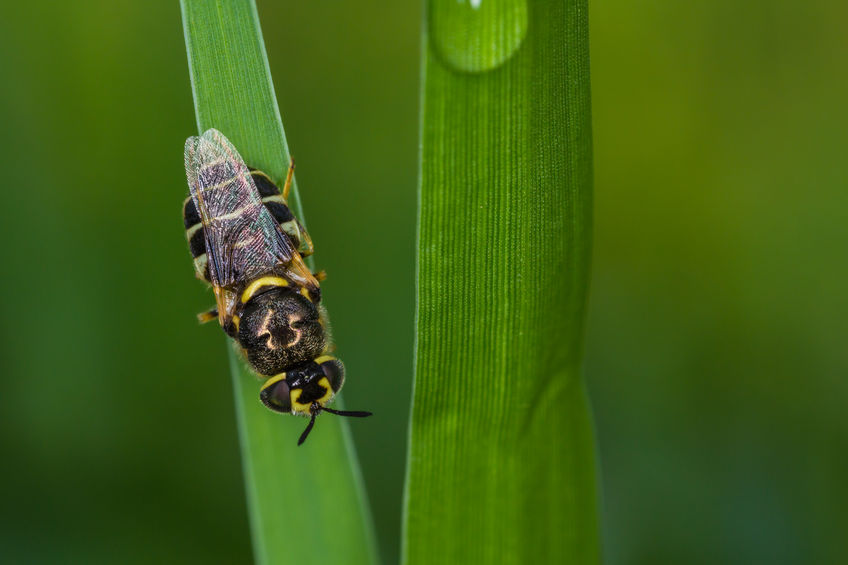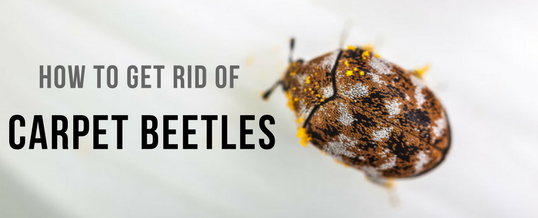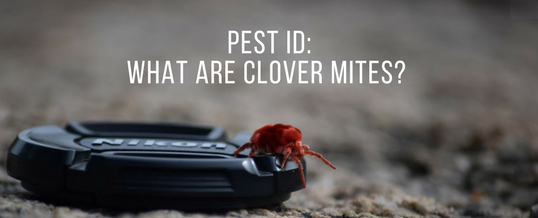Everyone has a pest problem from time to time. The pest control market is worth over 20 billion dollars and is only expected to grow, meaning that pests are incredibly common (even if they’re a bit embarrassing).
It’s important to be able to know what you’re dealing with when you have an issue, even if you plan on Googling “pest control near me” the second you hear a scratch in your walls.
There are so many types of pests that show up in average households and it’s helpful to know the warning signs of the most common ones (and what attracts them).
Do you know signs of roaches when you see them? What about termites, or bed bugs?
If you want to be a bit more prepared for a potential pest problem in your house, don’t worry, we’ve got you covered. Keep reading for some helpful information on some of the most common household pests that you might run into.
1. Bed Bugs
Everyone dreads bed bugs and we all know how hard they are to remove from our living spaces. They’re easy to accidentally drag around from location to location and they can be the bane of anyone’s otherwise peaceful home existence.
They’re not only located in seedy motels though. Bed bugs can show up anywhere, even in your own home.
Signs of Bed Bugs
If you have bed bugs, you’ll probably know pretty quickly. They make themselves apparent.
Bed bugs have a musty smell to them, but that won’t be your first sign unless you’re very tolerant to their bites.
Bed bugs want to bite you. Their bites range from itchy to painful and leave welts and marks on your skin or the skin of your children. You might find spots of blood on your bed linens and pillows.
You might also find rust-colored marks on the edges of your mattress that are leftover from the bugs. You can find eggs or egg casings.
Bed bugs are incredibly difficult to get rid of alone, so if you notice them, it’s best to call a professional as soon as possible to avoid spread. You may need to get rid of your mattress entirely, but the sooner you seek help, the more likely you’ll be able to keep your bed.
2. Ants
Ant infestations are common and annoying. Some people have ants every year as the weather shifts.
Ants come in plenty of different varieties, but most of the ones that will be found in the home have the same agenda: get food and bring it back to the nest.
If you’re seeing ants, you’re probably also providing them with food.
Signs of Ants
This is fairly obvious. Ants don’t really make themselves hidden, but they can fool you.
If you see one ant, it’s in your best interest to take a quick look around and see if you can spot more.
Ants are incredibly social and can follow trails to track each other. If an ant has locked on to a food supply, it’s likely that it has friends coming to join. There might even be an entryway to your home somewhere near a door or window.
Ant traps can be helpful for temporarily solving your ant problem, but you really need to be careful to lock away all of your accessible foods, especially sweets.
Ants can be found filling cereal boxes that are poorly sealed, infesting sugar bowls, and even ruining bags of flour. If you want to prevent ants, you need to reassess your food storage.
3. Wasps
Wasps can be frightening, but we don’t want to mistake them for their more helpful cousin, bees. If you have a hive in or near your home, you’re likely concerned for your safety, or the safety of family and pets. How can you tell that you’ve got wasps and not bees?
Signs of Wasps
Unless you’re getting up close and personal with your local bugs, you might not be able to identify the difference between a bee and a wasp on sight. It’s also important to mention that it’s okay to remove hives of both, though bee hive removal should ideally be done humanely to protect bee populations.
Wasps come in several different varieties, but when compared to bees, there are a few obvious differences. Wasps and bees can be similar in coloring (often both sporting black and yellow coats) but are otherwise different.
Wasps have narrow waists, making the connection between their abdomen and thorax look fragile. They also don’t have the tell-tale fluff of bees (though not all bees are fluffy, they do have some “hair”).
Wasps, most notably, are aggressive. Bees are docile.
Bees can sting once before perishing, while wasps have no such limit. This makes wasps bold. Bees require more cause to strike.
Wasps are dangerous, and you shouldn’t try to handle them on your own. If you have a wasp nest too close to your home, seek pest control to help.
4. Termites
Termites can be miserable for homeowners. They’re enough to bring down a home with relative ease. If you don’t catch them on time, they can be catastrophic, essentially eating their way through your building.
How can you catch them?
How do you know when you have a termite problem and not any other kind of bug?
Signs of Termites
Termites are distant cousins of the ants and have a similar social pheromone system to help them track each other and form colonies. This can be a big problem when it comes to how they interact with your home. 1 termite becomes 50 in no time.
They’re great at remaining hidden until it’s too late (or until you can see their structures blooming from your walls or ceilings).
Look for bubbling laminated flooring or mysterious cracks in the walls. Look for cracks or openings in the foundation of your home, or even little piles of dirt or mud. These could be the openings that termites are using.
If you can knock on a wall and it sounds hollow, you might have termites. It’s imperative that you call a professional immediately so you don’t risk further damage.
5. Rodents
Rodents might seem like a broad category, but only a few are going to make homes inside your house. Knowing that you’ve got a rodent issue is only the first part of the battle, but they can be frightening!
Signs of Rodents
If you have rats, you probably already know. They’re large rodents, and domesticated rats typically have poor temperaments, leading them to bite.
When compared to mice, rats are larger and more rough in appearance with their fur being coarse rather than soft.
Mice can be more tricky. They’re smaller and less noticeable, sometimes only spotted by household pets.
If you have a cat or dog, a great way to notice mice (or rats for that matter) is paying close attention to their behavior. They notice intruders.
Scratching in the walls or left-behind droppings are also clear indicators of mice or rats.
Both of these common rodents can be harmful to your household as well as carry diseases. It’s best to get them removed as quickly as possible.
6. Roaches
The roach is the poster child for pests everywhere. When you see a roach as an emblem, you know it that it stands for all of the creepy-crawlies that can live inside a home or property.
While these bugs aren’t as harmful as some of the other creatures on the list, they’re definitely a nuisance and should be handled as such.
Signs of Roaches
Roaches have some similarities to ants. They want to come around when there’s leftover food left out in accessible places.
Unlike ants, they’re pill-shaped and relatively large. They have long antennae and resemble beetles from a distance. Unfortunately, they can do some harm.
The problem with roaches is that they have a very broad definition of “food” and will eat things that we’d otherwise consider garbage. Even if you keep a relatively tidy house, a roach might find something that it wants to eat, and it will invite its friends.
Roaches are nocturnal, making them hard to spot during the day. That said, they leave some signs that can be helpful.
They shed their skins frequently as they go through their growth stages. These skins can be found in areas where they’re doing their feeding. They look like fully-formed roaches, but translucent.
They also leave egg capsules behind, similar to bed bugs.
Getting rid of roaches requires that you tidy your space, but it also might require professional help. You don’t have to do it alone.
Have You Spotted Any of These Types of Pests?
It can be stressful to notice the types of pests inside your home, and getting rid of them can feel like a massive undertaking. You don’t have to let these critters take over your home though, there’s a way out.
If you find yourself bothered by bugs or run down by rodents, reach out for help. Proper pest control can be the easiest solution to taking your home back from those tiny invaders.
For more information, or to get pest control help today, contact us! We want to help.


